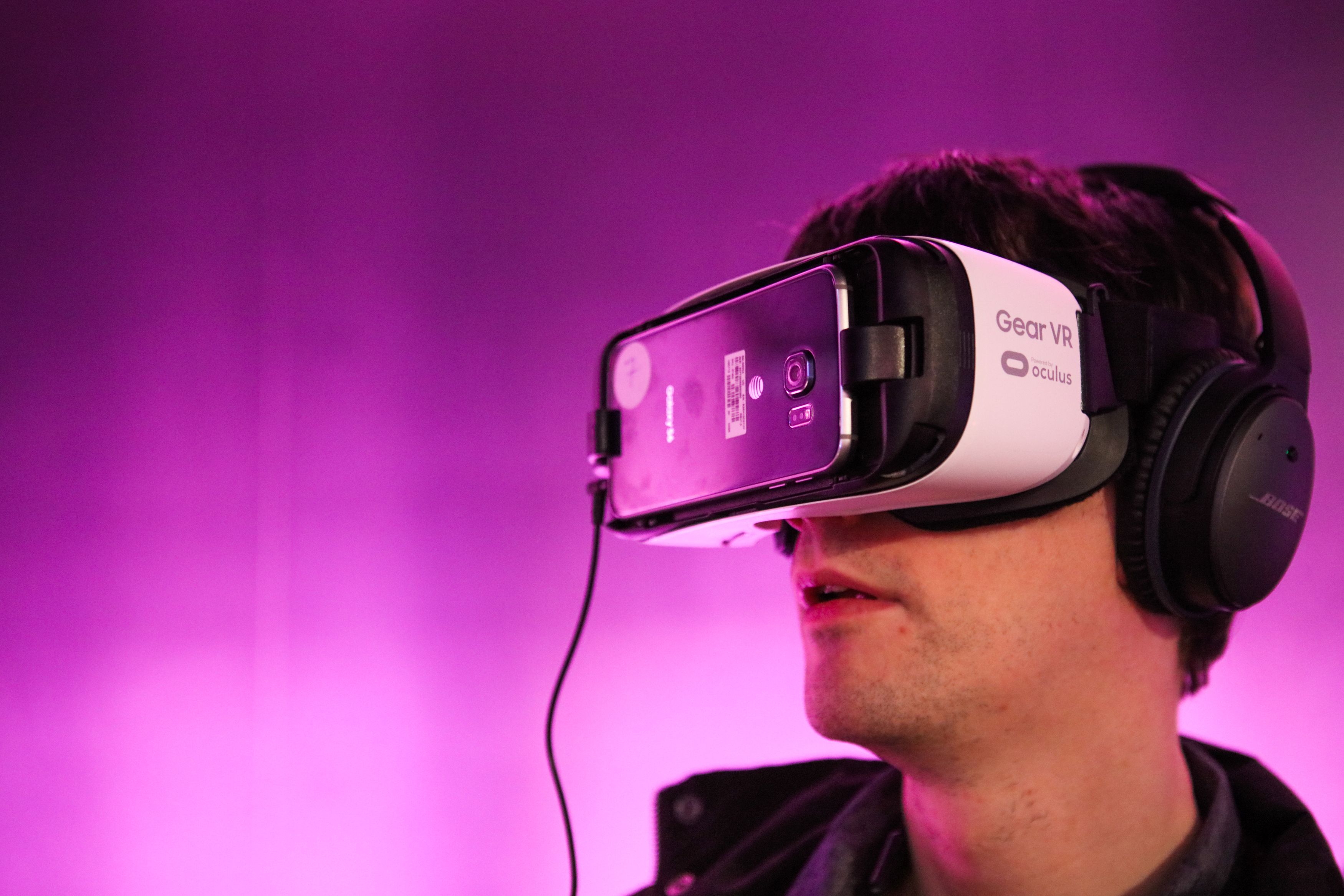Are we living in a holographic simulation created by a supercomputer beyond our comprehension? That question occurs again and again in science fiction, perhaps most notably in The Matrix, a film in which unreality is so pristine that no one notices the truth. That we are all actually, truly living in such a matrix seems laughable until you consider the advances made by video games in the last few decades.
Not long ago, all we had was pong: two rectangles and a circle. Today we have virtual reality consoles which are edging toward an experience indistinguishable from reality, or at least what we think of as reality. Elon Musk, Tesla and SpaceX cofounder, was recently asked this question: Is it possible that the world as we know it is just a simulation made by someone else?
His response is perhaps startling, saying that the chances of this reality being a “base” reality are “one in billions.” To make matters even more confusing, humans are increasingly turning to virtual reality devices to escape this “reality.” Thorsten Wiedemann, for example, spent forty-eight hours wearing his Oculus Rift device, proving it is possible to live within a virtual reality at least for a short time.
When we asked Bill Nye the Science Guy if he thinks we are living in a computer-generated simulation, he turned to some basic scientific principles to justify his answer. Science ultimately demands testable, repeatable hypotheses to proceed, but how do you test whether we are living in a computer simulation or not? There just doesn’t seem to be a way.
There is every possibility that this is a hyper-real version of The Sims, and we wouldn’t know. If we had never seen the outside world, there’s no reason we would know it exists, that we’re missing it. So if we as a people had only ever existed in this hyper real video game, we wouldn’t know it was all just a game.
That is why it is “unknowable,” according to Bill Nye. If we were in a video game, human minds would not be able to detect the outside world until “something goes wrong,” i.e. a glitch in the matrix. Still, Nye wishes luck to anyone wanting to design such an experiment. It might take some time, but perhaps could be done…






